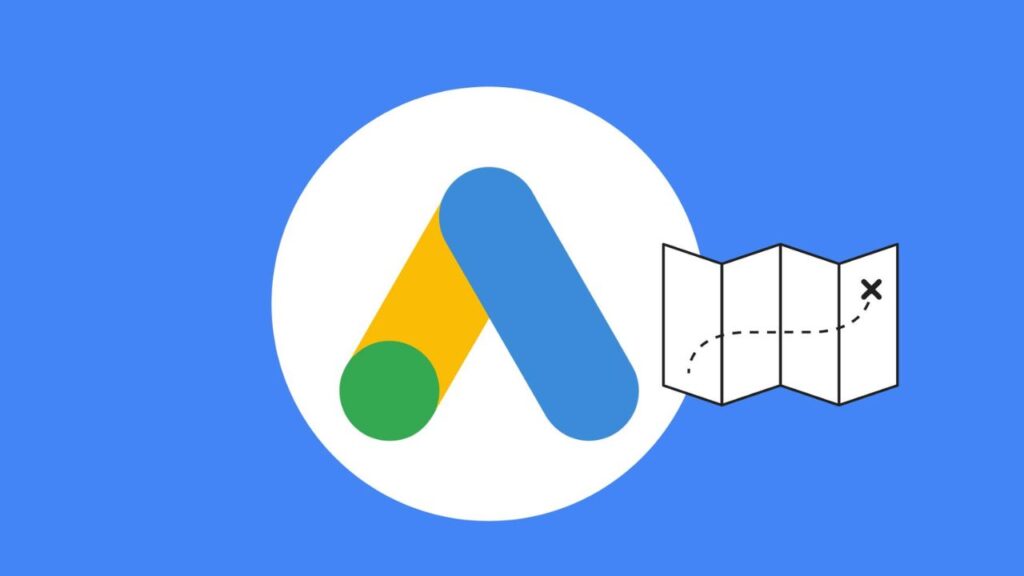By unraveling the hidden truths behind Google ads auctions, advertisers can unlock the potential to maximize their investment and reach their target audience more efficiently.
Highlights
Fundamentals of Google Ad Auctions
Challenges in Keyword Research
Capitalizing on Hidden Opportunities
Fundamentals of Google Ad Auctions

How Google Ad Auctions Work?
Google Ads operates by conducting an auction every time there is an ad space available on a search result page or a website displaying ads. The auction determines which ads will appear based on several factors including the advertiser’s bid, the quality of the ad, and the expected impact of ad extensions. The ads displayed are tailored to the user’s current query and context, such as their location, the type of device they are using, and the time of the search.
The Role of Keywords and Bids.
Advertisers select keywords relevant to their business and set a maximum cost-per-click (CPC) they are willing to pay for each keyword, depending on the campaign’s goals, such as focusing on clicks, impressions, or conversions, The quality score of a keyword, which includes factors like relevance of the ad to the user, landing page quality, and click-through rate, also affects ad placement.
Determining Ad Placement.
Ad placement is primarily determined by Ad Rank, a metric that combines the advertiser’s bid amount with the quality score of their ad. The higher the Ad Rank, the better the placement of the ad on the search engine results page. Ad Rank thresholds set by Google ensure that only ads of sufficient quality appear, regardless of the bid. This system aims to balance the field, allowing advertisers with lower bids but higher quality scores to compete effectively.
Challenges in Keyword Research

Data Limitations in Google Keyword Planner
The Google Keyword Planner, integral to Google Ads campaign planning, exhibits several limitations that can hinder effective keyword research. It fails to provide keyword suggestions beyond established maximum search volume limits and lacks account-level tracking for keyword performance.
Impact of Active and Inactive Auctions.
Understanding the impact of active versus inactive auctions in Google Ads is complicated by the platform’s operational nature. There is no “sandbox” or testing environment; once ads are active, they run, and inactive ads serve no purpose.
Real vs. Reported Search Volumes.
The discrepancy between real and reported search volumes presents another significant challenge. The Google Keyword Planner often provides search volume estimates that do not accurately reflect actual search behavior.
Capitalizing on Hidden Opportunities.
Finding Keywords with Low Competition.
Identifying low-competition keywords is crucial for optimizing both SEO and Google Ads campaigns. By targeting long-tail phrases and specific keywords that are not heavily contested by authoritative websites, businesses can achieve easier ranking and potentially high traffic with less competition.
Effective Budget Management Strategies.
Efficient budget management in Google Ads involves setting clear goals and understanding the performance of different campaigns through tools like Google Analytics. Advertisers should allocate their budgets based on the effectiveness of specific keywords and ads, making use of automation features like Smart Bidding to optimize spending and improve ROI.
Enhancing Ad Relevance and Quality Score.
Improving ad relevance and Quality Score is fundamental for success in Google Ads. This involves selecting relevant keywords, creating targeted ads, and ensuring the landing page provides a good user experience. High Quality Scores lead to better ad placement and lower costs per click, enhancing overall campaign performance. Regular monitoring and updating of ads and keywords can help maintain a competitive edge in the auction system.
Conclusion.
Reflecting on these insights reveals the broader implications of adeptly navigating the Google Ads auction system — a proficiency that can significantly uplift a business’s online strategy. By embracing the expert recommendations and continuously adapting to the dynamic auction landscape, advertisers are better positioned to craft campaigns that not merely reach their target audience but engage them effectively.



